Introduction
In the dynamic realm of agriculture, technological advancements play a critical role in shaping the future of food production. The Autonomous Greenhouses Initiative, led by researchers at Wageningen University & Research (WUR), is a groundbreaking project aimed at transforming greenhouse cultivation. In this blog post, we will explore the exciting developments in autonomous greenhouses and how WUR is pushing the boundaries of technology to create sustainable and efficient cultivation systems.
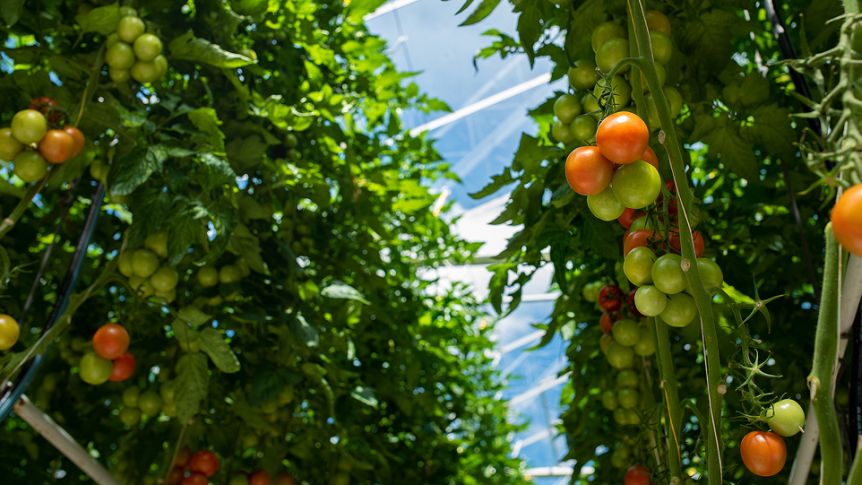
The Quest for Autonomous Greenhouses
The goal of the Autonomous Greenhouses Initiative is ambitious yet profoundly transformative. Researchers are dedicated to developing fully autonomous cultivation methods that can be implemented in greenhouses worldwide. The key driving force behind this endeavor is to achieve agricultural sustainability, reduce resource consumption, and ensure the year-round production of high-quality, fresh fruits and vegetables.
The Challenge of Modern Agriculture
With the global population on the rise and climate change creating new challenges, the need for efficient and sustainable production methods is more significant than ever. Greenhouse horticulture plays a vital role in meeting these demands by offering year-round production, high-quality produce, and efficient resource utilization. However, the availability of highly skilled staff with expertise in modern greenhouse management remains a limiting factor.
The Vision of Autonomous Greenhouses
The Autonomous Greenhouses Initiative envisions a future where cultivation is remotely controlled through artificial intelligence (AI), intelligent sensors, and real-time crop measurements. This innovative approach aims to create a sustainable and profitable cultivation system with minimal human intervention while maximizing efficiency and outputs. The objective is to develop a model that can be implemented globally, transcending geographical and resource limitations.
Harnessing a Multidisciplinary Approach
To realize the dream of fully autonomous greenhouses, WUR researchers are leveraging a multidisciplinary approach. Drawing upon expertise in various fields, including plant physiology, sensor technology, digital twins, physical modeling, machine learning, and robotics, they aim to bring together the knowledge required to create the ultimate future-proof greenhouse.
Plant Physiology: Understanding Plant Function
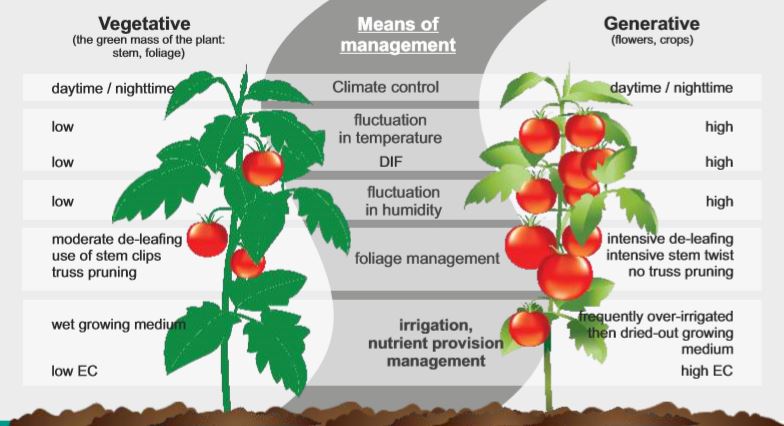
Plant physiology is at the heart of understanding how plants respond to environmental changes and adapt to stresses. WUR researchers delve into the intricacies of plant functions, enhancing our knowledge of plant growth processes in a controlled environment.
Crop Modeling: Simulating Growth Factors
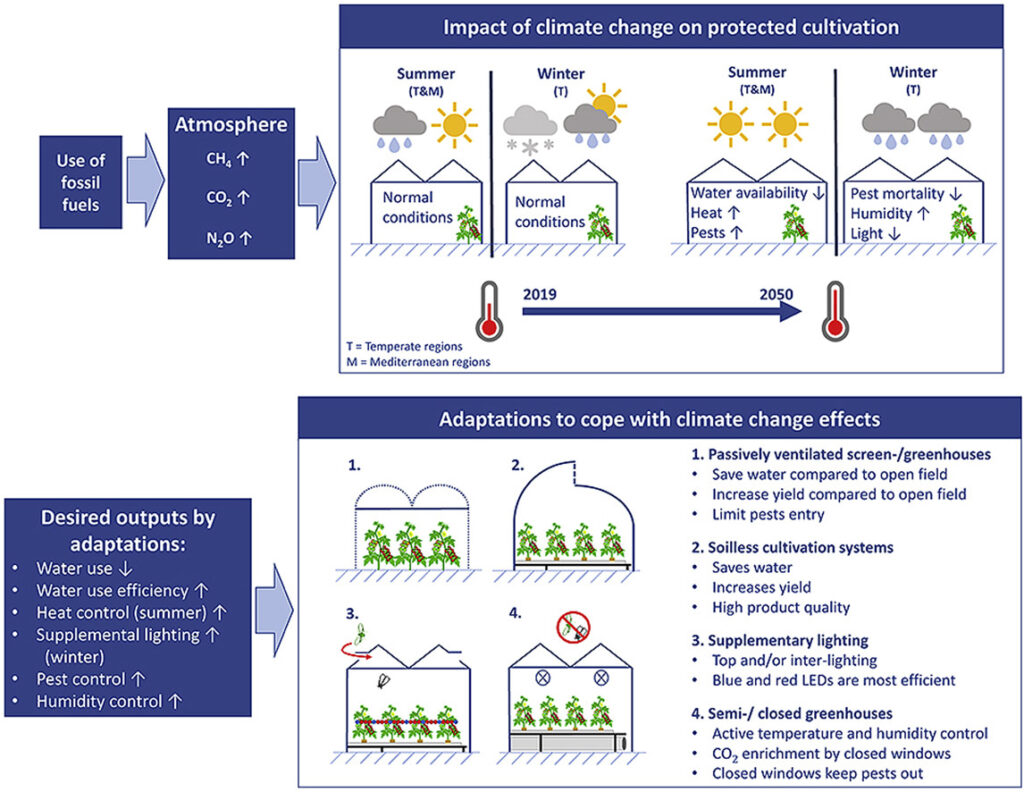
Environmental factors, such as light, have a significant impact on crop growth and yield. WUR employs simulation models to research these effects in greenhouse and vertical farm settings, paving the way for data-driven decisions.
Physical Modeling: Predicting Greenhouse Climate
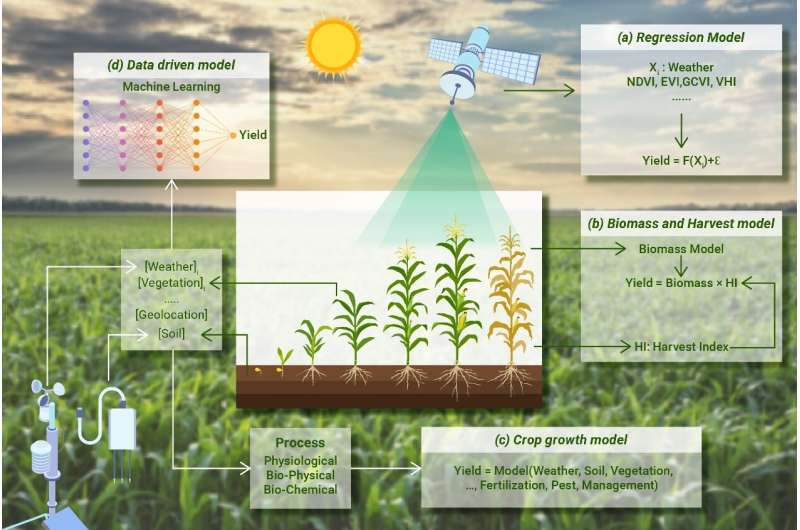
The application of physical models enables the prediction of greenhouse climate based on principles of heat and mass balances. By accurately modeling various processes like light absorption, heating, and crop transpiration, WUR researchers optimize resource-efficient climate control strategies.
Digital Twins: Real-Time Plant Monitoring
Digital twins merge data integration, AI, and machine learning to create virtual crop models. These models continuously receive real-time data from the actual greenhouse conditions, facilitating accurate plant monitoring and predictive simulations.
Spectral Imaging: Unlocking Plant Insights
Multi- and hyperspectral imaging methods are harnessed to measure constituents, stress, and disease symptoms in plants. Spectral imaging provides invaluable insights into plant attributes, from dry matter content to chlorophyll concentration.
Sensor Technology: Non-Invasive Monitoring
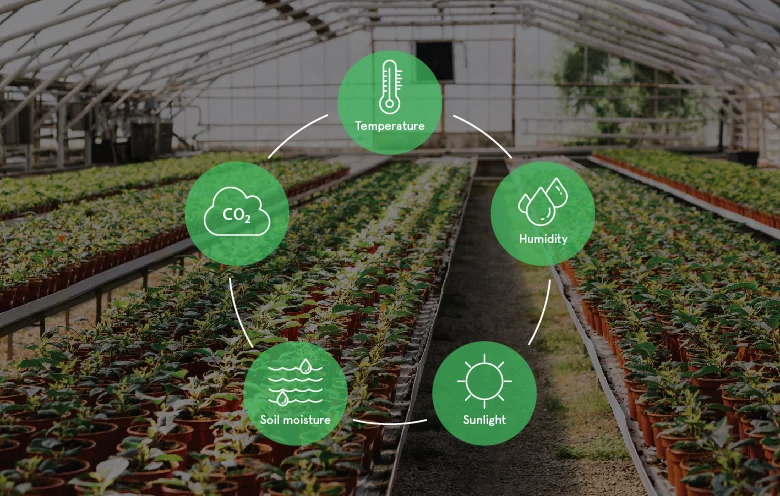
Non-invasive sensors are employed to measure various plant traits and climate conditions in greenhouses. The data collected enhances greenhouse conditions, aids in disease detection, and informs management decisions.
Robotics: Complex Greenhouse Operations
Designing robotic systems capable of operating in challenging greenhouse environments is essential. WUR researchers focus on combining hardware and software to create robots that can adapt and function effectively in complex conditions.
Machine Learning: Learning from Data
Machine learning enables robots to learn and adapt by recognizing patterns in data. It is utilized to automate tasks like object recognition and yield predictions, enhancing the capabilities of greenhouse robots.
Computer Vision: Data Analysis
Computer vision techniques are employed to convert data into actionable information. By assessing plant attributes, such as size and surface flaws, computer vision contributes to plant phenotyping and quality assessment.
Conclusion
The Autonomous Greenhouses Initiative spearheaded by WUR is a testament to the power of technology in revolutionizing agriculture. By embracing a multidisciplinary approach and harnessing the capabilities of AI, machine learning, and sensor technology, researchers are working toward a future where greenhouses can operate autonomously, sustainably, and efficiently. As this initiative advances, the vision of a global network of autonomous greenhouses becomes ever more attainable, transcending geographical constraints and ensuring a greener and more sustainable future for agriculture.

